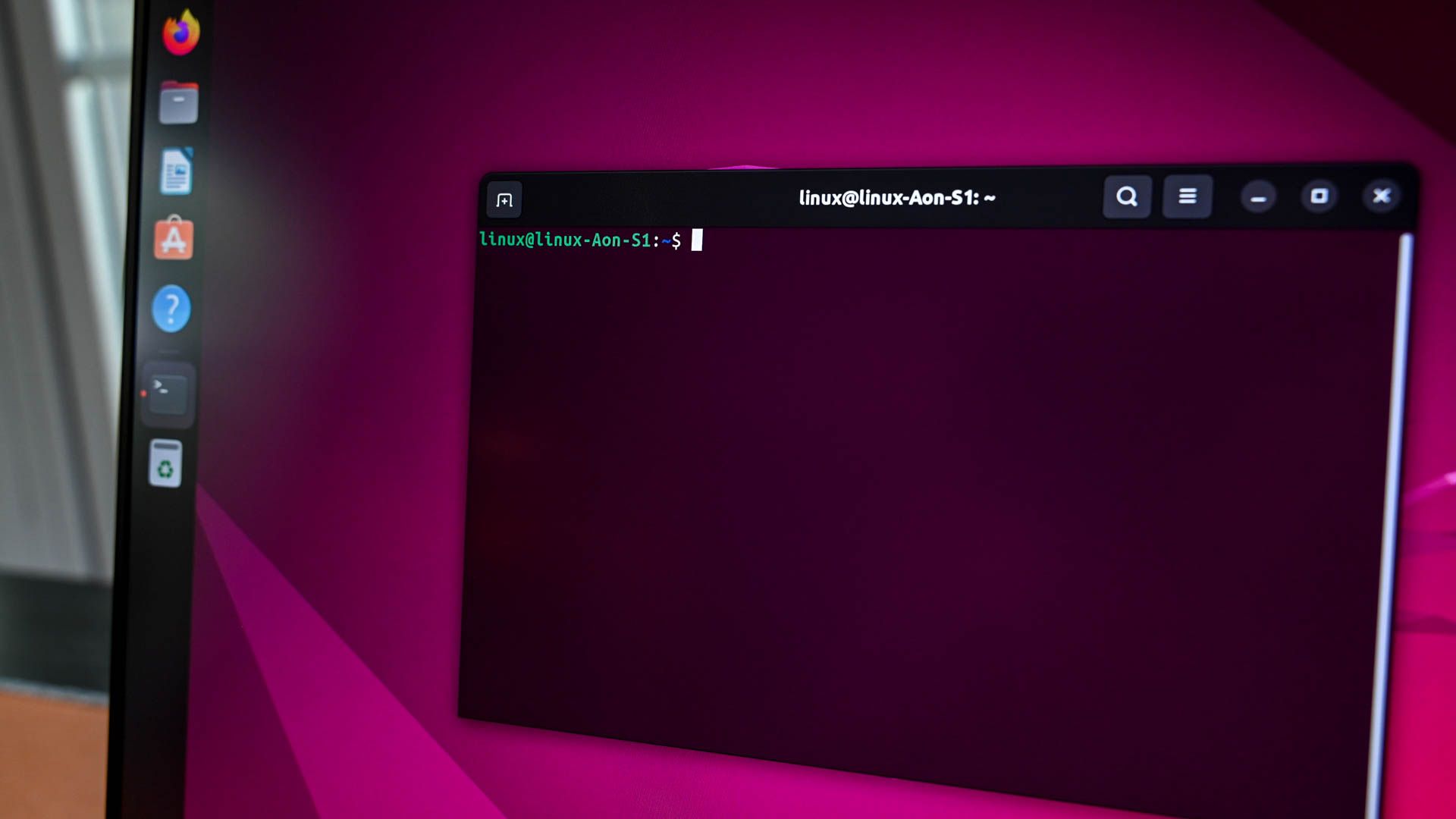Let’s be honest – the OS wars have been raging for decades, and every developer has their preference. But after years of switching between Windows, macOS, and various Linux distributions, I keep coming back to the same conclusion: Linux remains the superior choice for serious development work.
Now, before you start typing that angry comment about how your MacBook Pro runs Docker just fine, hear me out. This isn’t about being elitist or nostalgic for the command line glory days. It’s about practical advantages that make your daily coding life genuinely better.
The Terminal That Actually Makes Sense
Windows has made huge strides with WSL2, and macOS has a decent terminal. But nothing beats a native Linux shell environment. When you’re working on Linux, you’re not fighting against the OS – you’re working with it. Package managers like apt, yum, or pacman don’t feel like afterthoughts. They’re integral parts of the system that actually understand what you’re trying to do.
I remember the frustration of trying to install Python packages on Windows, dealing with path issues, or wrestling with PowerShell when all I wanted was a simple bash script. On Linux, these friction points simply don’t exist. Your development environment and your deployment environment speak the same language.
Resource Efficiency That Matters
Here’s something that hit me during a recent project: I was running a React development server, a Node.js backend, Docker containers, and VS Code simultaneously on my Linux machine. RAM usage? About 6GB. The same setup on my colleague’s Windows machine was pushing 12GB and the fan was working overtime.
Linux doesn’t waste resources on visual effects you don’t need or background processes you’ll never use. Every megabyte of RAM and CPU cycle can go toward what actually matters – your code. When you’re juggling multiple services, databases, and build processes, that efficiency becomes the difference between a smooth workflow and constant frustration.
Customization Without Compromise
The beauty of Linux lies in its flexibility. Don’t like your window manager? Change it. Want a different desktop environment? Install it. Need a specific kernel module? Compile it. This isn’t just about aesthetics – it’s about creating a development environment that fits your exact workflow.
I’ve set up my Linux system with i3 window manager, custom key bindings, and a terminal-centric workflow that lets me navigate between projects, switch contexts, and manage multiple environments without ever reaching for the mouse. Try replicating that level of customization on Windows or macOS without running into limitations.
The Docker Advantage
Docker was built for Linux, and it shows. While Docker Desktop on Windows and macOS has improved dramatically, there’s still overhead from running containers in a VM. On Linux, containers are first-class citizens. They start faster, use less memory, and behave more predictably.
When you’re developing microservices or working with containerized applications, this difference becomes crucial. I’ve seen developers abandon Docker workflows on other platforms simply because the performance wasn’t there. On Linux, containers feel native because they are native.
Open Source Development Feels Natural
If you’re contributing to open source projects, Linux eliminates the impedance mismatch between your development environment and the project’s target environment. Most open source projects are built with Linux in mind, and the contribution process becomes smoother when you’re working in the same environment.
Setting up build environments, understanding dependency trees, and debugging issues becomes more intuitive when you’re using the same tools and conventions as the project maintainers. It’s not impossible on other platforms, but it’s definitely easier on Linux.
The Learning Curve Is Worth It
Yes, Linux has a steeper learning curve than other operating systems. You’ll spend time in configuration files, learn command-line tools, and occasionally fix things that break. But here’s the thing – that learning makes you a better developer.
Understanding how your operating system works, how packages are managed, and how services interact gives you insight that translates directly to better software architecture decisions. When you deploy to production (likely running Linux), you’ll have a deeper understanding of what’s happening under the hood.
Modern Linux Is More User-Friendly Than Ever
The Linux desktop experience has evolved dramatically. Distributions like Ubuntu, Pop!_OS, and Linux Mint provide polished, user-friendly experiences that don’t require constant tinkering. You can have a fully functional development environment up and running in under an hour.
Hardware support has improved to the point where most laptops work out of the box. WiFi drivers, graphics cards, and even quirky hardware like touchscreens usually work without manual intervention. The days of spending weekends compiling drivers are largely behind us.
It’s Not About Being Different
Choosing Linux isn’t about being contrarian or proving your technical prowess. It’s about having a development environment that gets out of your way and lets you focus on solving problems. When your OS becomes invisible – when it just works without demanding attention – that’s when you know you’ve found the right tool for the job.
Sure, there are cases where other operating systems make more sense. If you’re developing iOS apps, you need macOS. If you’re working on Windows-specific enterprise software, Windows might be the better choice. But for general web development, system programming, data science, or open source contribution, Linux provides advantages that are hard to ignore.
The Bottom Line
Linux isn’t perfect, but it’s the best choice for developers who want control, efficiency, and a deep understanding of their development environment. It’s not about the OS you choose – it’s about choosing the OS that amplifies your productivity and removes barriers between your ideas and their implementation.
In 2025, with excellent hardware support, polished distributions, and a thriving ecosystem, there’s never been a better time to give Linux a serious try. Your future self – the one who’s shipping code faster and dealing with fewer environment-related headaches – will thank you.

With over 6 years of experience in the blogging world, I specialize in crafting engaging, informative, and SEO-optimized content across various niches including tech, digital trends, and online monetization. I thrive on staying ahead of industry trends, experimenting with new content strategies, and helping others grow their digital presence.



